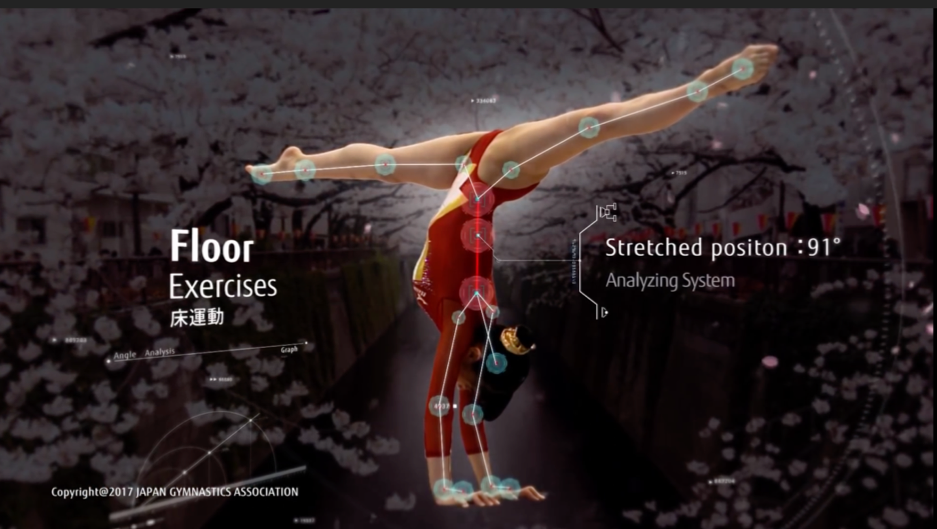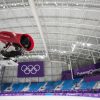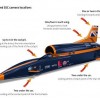3D Imaging is coming to the Tokyo 2020 Olympics
Engaging Audiences and Empowering Judges
As the latest Olympic games come to a close, our view switches to the next games and what we can expect. We’ve seen all the different technologies that were brought into play in the Pyeongchang 2018 Olympics, improving the visibility of performances and the accuracy of results.
What might technology bring to the 2020 Summer Olympic Games? Tokyo is already preparing what it aims to be the most technologically advanced Olympic Games in history, with a robot village, driverless taxis and an artificial meteor shower.
It is also looking at ways to improve the games themselves, and one place they want to start is gymnastics. The stakes are high: gymnastics is among the top three most-watched sports during the last few Olympic Games. But gymnastics judging is notoriously complex, with dozens of minuscule points and deductions needing to be made at lighting speed – somehow without the aid of instant replay. In the past, this has led to vociferous critiques, investigations and studies.
What if it could be more objective? That’s the hope of the International Gymnastics Federation (FIG), by planning to introduce 3D modelling and AI technology to assist with scoring at the Tokyo 2020 Olympic Games (as long as it has the blessing of the International Olympic Committee’s partner for timekeeping and results, OMEGA/Swatch).

As part of a joint cooperation with Japanese tech firm Fujitsu, the idea is to “to carry out data capture and field trials in order to achieve fair and accurate, real-time judging support for Artistic Gymnastics that can be launched in 2020,” the company shared in a press release. A 3D sensory system is being developed to help with the scoring process, relaying information to viewers, and supporting athletes and coaches. Citing the benefits of the tech support, former FIG president Bruno Grande said, “A judge must work for eight hours per day – does that allow the mental capacity to remain coherent? It’s not possible to maintain a coherent mind of criteria. Only the computer does.”
This logic is familiar to anyone who works with computers and automation. Minute repetitive tasks are what machines are great at and humans typically aren’t. But the standards and outcomes of gymnastics are very complex, much more so than a machine vision task. There are the facts, and then there is the art. A few gymnasts have gone on the record to voice their skepticism.
Five-time Olympic gold medalist (and the first gymnast to be awarded a perfect score of 10.0 at the Olympic Games) told the Guardian that “I don’t think it will be possible to ever replace judges. Gymnastics is too complex, there are so many skills and nuances in every routine. But I like the idea of the technology. It’s OK to try, why not? This is what is happening in all sports now, technology is changing our experience with it.”

Great Britain’s Max Whitlock, another five-time gold medalist, was more optimistic: “The judges have a very tough job on their hands and sometimes they can get a lot of stink for what they do,” said Max, who was surprised by the pace of the technology’s introduction. “It would have to be absolutely perfect. Something like that would be so new to gymnastics it would have to take years and years of testing. It would be very exciting. But it will be a long time in the future, probably not my generation.”
Considering the pace of development in imaging technology that we see every day, we’re pretty sure that if it happens, it’s going to happen much sooner.



 3, 2, 1 Go!
3, 2, 1 Go!  Attempt to break world land speed record puts vision system to the test
Attempt to break world land speed record puts vision system to the test 